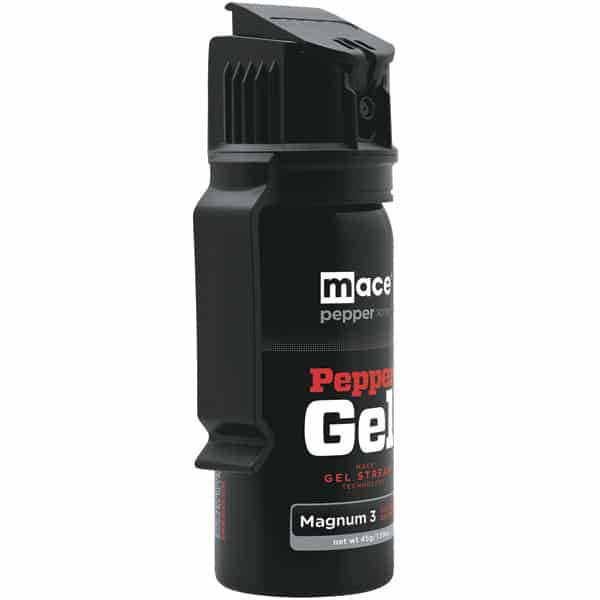

For Orders Over $25

On Any Of Our Products

Details On Refund Page
Nearly 60% of businesses now integrate some form of dummy security measures into their overall security strategy. You’re likely aware that maintaining a robust security presence can deter potential threats, but the cost and complexity of full-scale systems can be intimidating.
Enter the domain of dummy security camera housing, a cost-effective alternative that can greatly enhance your industrial security facade. But before you jump on this trend, it’s important to understand the nuances of choosing the right model and implementing these decoys effectively.
Stick around as we explore the intricacies of blending real and dummy security measures for best protection.
Dummy cameras can greatly deter criminal activity by creating the illusion of surveillance without the high costs associated with real security systems. You’re not just saving money; you’re also leveraging a powerful psychological deterrent. The presence of cameras, even if they’re not real, makes potential criminals think twice before attempting any illegal activity on your property. It’s a cost-efficient way to enhance security without breaking the bank.
The psychological impact of dummy cameras shouldn’t be underestimated. When people believe they’re being watched, their behavior changes. This is the principle behind using dummy cameras as a deterrent. It’s not about the actual recording of footage but the perception of surveillance. This method can significantly reduce the likelihood of theft, vandalism, and other crimes, making it an effective strategy for protecting your assets.
Selecting the appropriate dummy security camera model is important to making sure your property appears adequately monitored and protected. When you’re browsing through options, it’s easy to get overwhelmed by the variety. However, focusing on material durability and installation ease can greatly narrow down your choices. These factors are important in creating a convincing security setup without the complexities of real surveillance systems.
To help you visualize the perfect pick, consider these three items:
Focusing on these aspects will ensure you select a dummy camera that meets your needs for both security and simplicity.
Once you’ve picked the right dummy security camera housing, it’s important to strategize its placement and installation for maximum effectiveness. Material selection plays a vital role in this phase. You need a housing that blends in with the real cameras in your facility, yet is durable enough to withstand the industrial environment. This means choosing materials that can handle extreme temperatures, dust, and moisture without showing signs of wear or damage.
For installation locations, you’ve got to think like both a security expert and a potential intruder. Place your dummy cameras in high-visibility areas where they’re most likely to deter unauthorized access. This includes entrances, exits, and critical areas where valuable assets are stored. However, don’t cluster all your dummy units in one spot. Spread them out to create the impression of thorough surveillance coverage.
Before installing dummy security camera housings, it’s important to brush up on the legal implications to avoid any unintended legal issues. You don’t want to find yourself in hot water for overlooking privacy issues or ethical concerns that come with these devices. Even though they’re not capturing footage, the perception they create can lead to complications if not handled correctly.
Here’s a concise list to keep in mind:
Keeping your dummy security camera housings in top condition is vital to make sure they continue to serve as effective deterrents. Regular maintenance and upkeep are essential, especially when these units are deployed in harsh industrial environments. Weather protection is a key aspect of this maintenance. You need to ensure that the housings are capable of withstanding extreme temperatures, moisture, and dust. Check the seals and protective covers periodically to confirm they’re intact and functional. This not only prolongs the lifespan of the camera housings but also maintains their appearance, which is crucial for a convincing deterrent.
A visual inspection should be part of your routine checks. Look for signs of wear and tear, such as cracks or fading, which could give away the fact that the cameras are dummies. If they’re equipped with LED lights or other features to mimic real security cameras, check that these are functioning properly. Replacing any defective parts promptly will keep your dummy cameras looking operational and real.
In wrapping up, like a skilled magician using sleight of hand, you’ve cleverly navigated the world of dummy cameras.
You’ve weighed their benefits, picked the perfect model, and laid out your strategy with the finesse of a chess grandmaster.
Remember, keeping on the right side of the law and regular upkeep are your guiding stars.
Let this be your shield and sword in the industrial arena, where the illusion of watchful eyes deters more than meets the eye.
Swift Self Defense
SWF Design Group LLC
176 Westbrook Dr. #110
Honey Brook, PA 19344
Call us: 610-306-9456